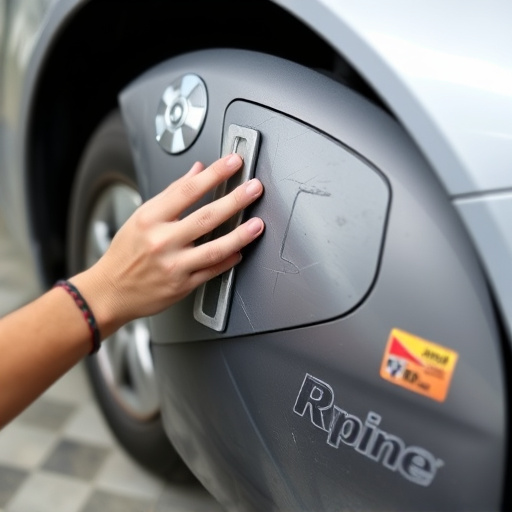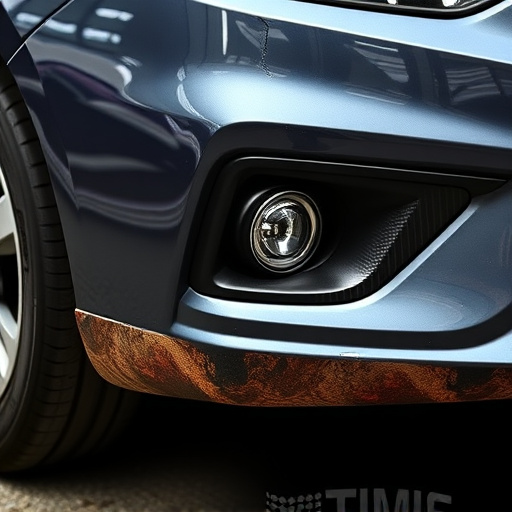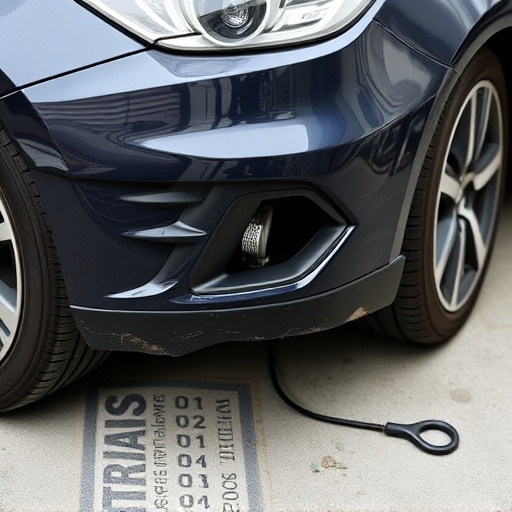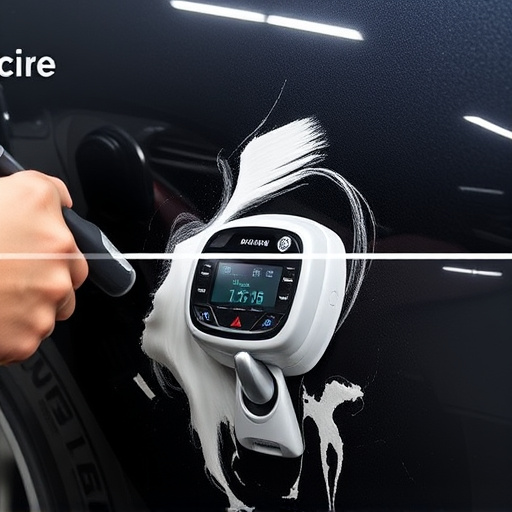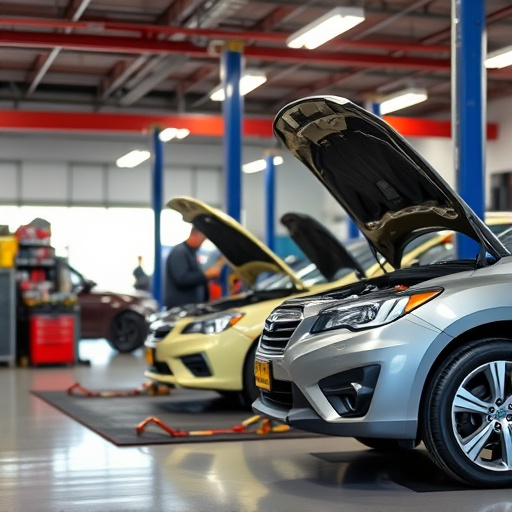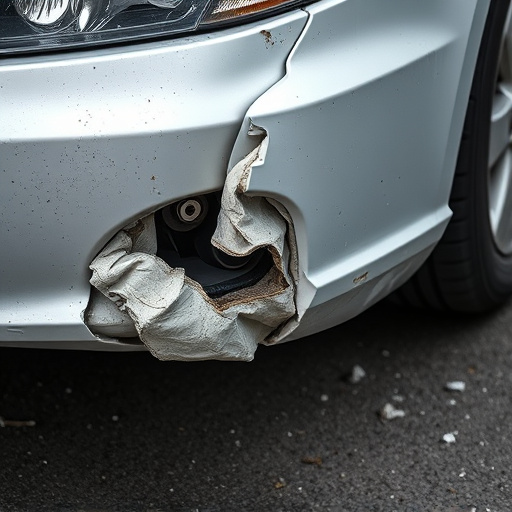The Tesla seatbelt pretensioner reset is a crucial safety step, ensuring optimal passenger protection during collisions by maintaining system effectiveness as per manufacturer standards. Regular resets and compliance checks post-resets are vital for alignment with safety goals, minimizing injury risk, and upholding vehicle repair best practices. Discrepancies warrant professional diagnosis and repairs at authorized shops to ensure safety component integrity.
Tesla owners often wonder about the importance of the seatbelt pretensioner reset. This process ensures your vehicle complies with vital safety standards, playing a pivotal role in protecting you during accidents. Understanding this system and its reset procedure is essential for maintaining optimal safety. The article delves into the mechanics behind Tesla’s seatbelt pretensioner reset, highlighting why it’s crucial for all owners to familiarize themselves with this maintenance practice.
- Understanding Tesla Seatbelt Pretensioner Reset
- Safety Standards and Their Role in Resetting
- Compliance Checks After Reset for Tesla Owners
Understanding Tesla Seatbelt Pretensioner Reset

The Tesla seatbelt pretensioner reset is a safety feature designed to ensure optimal protection for passengers in the event of a collision. This process involves the re-evaluation and adjustment of the seatbelt’s tension, guaranteeing it meets the manufacturer’s strict standards. By resetting the pretensioner, Tesla ensures that the seatbelts are prepared to swiftly and securely restrain occupants, minimizing potential injury risk.
Regular resets are crucial for maintaining the effectiveness of this life-saving system. Similar to how routine car paint repair or bumper repair keeps your vehicle in top condition, the Tesla seatbelt pretensioner reset plays a vital role in upholding safety standards. It’s a simple yet essential step that drivers can take to guarantee their well-being and compliance with automotive repair best practices.
Safety Standards and Their Role in Resetting

Safety standards play a pivotal role in ensuring the well-being of vehicle occupants during accidents or sudden stops. These standards dictate the performance and functionality of various safety systems, including seatbelt pretensioners. A Tesla seatbelt pretensioner reset is an essential process that aligns with these safety protocols. By resetting the system, it can maintain its optimal performance, ensuring that the pretensioners deploy effectively in case of a collision. This is crucial as proper pretensioner functionality can significantly reduce the risk of severe injuries by securely fastening passengers into their seats.
In the event of regular use or after certain operational milestones, Tesla seatbelt pretensioners may require a reset to preserve their integrity and reliability. Similar to how an auto glass replacement or fender repair in an automotive body shop maintains the structural integrity of a vehicle, a seatbelt pretensioner reset safeguards critical safety features. It’s a proactive measure that helps keep both drivers and passengers safe by ensuring these safety systems are always ready to protect when needed.
Compliance Checks After Reset for Tesla Owners

After performing a Tesla seatbelt pretensioner reset, owners should conduct thorough compliance checks to ensure their vehicle’s safety systems are functioning optimally. This includes testing the seatbelt mechanisms by manually adjusting and securing the belts in different seats. It’s crucial to verify that the pretensioners engage promptly during a simulated impact, effectively restricting movement and protecting occupants.
Regular inspection is vital, especially after any incident like a minor fender bender or automotive body work repair, as these can affect the integrity of safety components. If Tesla owners notice any discrepancies or failures during their checks, it’s advisable to visit an authorized auto body shop for professional diagnosis and necessary repairs, ensuring your vehicle complies with safety standards.
The Tesla seatbelt pretensioner reset is a crucial step in maintaining safety standards. By understanding the process, owners can ensure their vehicles meet regulatory requirements and provide optimal protection for all occupants. Regular compliance checks after resetting not only safeguard against potential hazards but also guarantee the peace of mind that comes with knowing your car is prepared for any situation.



